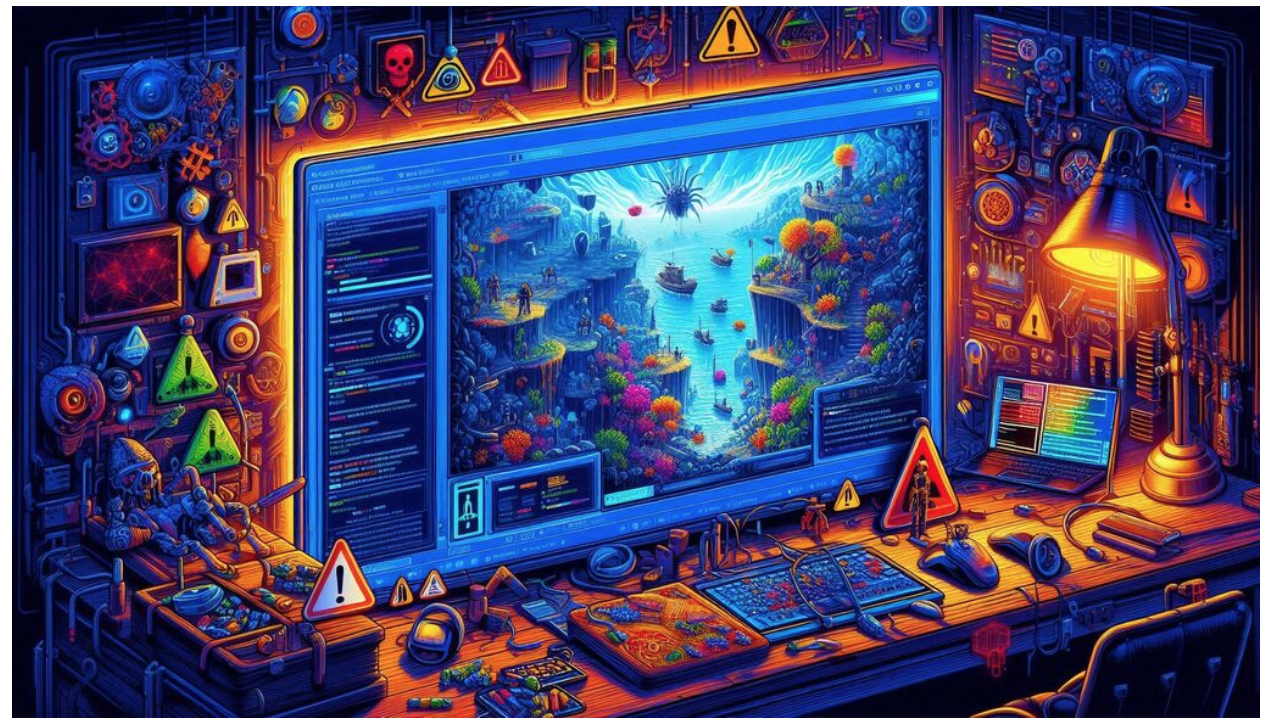In the ever-evolving landscape of video game development, game development platforms serve as the backbone for creating, testing, and deploying games. These platforms, whether they are commercial engines like Unity and Unreal Engine or custom-built solutions, provide developers with the tools they need to bring their creative visions to life. However, like any complex system, game development platforms are not immune to security flaws. Understanding these vulnerabilities is crucial for safeguarding both the development process and the final product. This blog explores common security flaws in game development platforms, their implications, and strategies for mitigating these risks.
What Are Game Development Platforms?
Game development platforms are software environments designed to facilitate the creation and deployment of video games. They offer a range of tools and services, including:
- Game Engines: Core systems that provide the functionality for rendering graphics, processing input, and managing game logic. Examples include Unity, Unreal Engine, and CryEngine.
- Development Kits: Comprehensive sets of tools and libraries that assist in game creation, such as asset management, physics simulation, and scripting.
- Integrated Development Environments (IDEs): Platforms that combine code editing, debugging, and project management functionalities.
- Deployment Services: Systems for distributing games to various platforms, including digital storefronts and consoles.
- Cloud-Based Services: Infrastructure for online multiplayer features, leaderboards, and in-game purchases.
Common Security Flaws in Game Development Platforms
Game development platforms, due to their complexity and the variety of functionalities they support, can be susceptible to a range of security issues. Here are some of the most common vulnerabilities:
- Code Injection: Attackers may exploit flaws in the platform’s code handling processes to inject malicious code. This can lead to unauthorized access or manipulation of game data.
- Data Exposure: Inadequate protection of sensitive data, such as user credentials or proprietary game assets, can result in data breaches. Insufficient encryption and poor access controls are often the culprits.
- Unpatched Vulnerabilities: Game development platforms may have vulnerabilities that arise from outdated or unpatched components. These can be exploited by attackers to gain unauthorized access or disrupt development activities.
- Third-Party Integrations: Integration with third-party services, such as analytics tools or cloud storage providers, can introduce security risks if these services have vulnerabilities or are not properly secured.
- Weak Authentication Mechanisms: Insecure authentication processes, such as weak passwords or inadequate multi-factor authentication, can make it easier for attackers to gain access to development environments and associated assets.
- Insecure APIs: Application Programming Interfaces (APIs) used for interacting with various services may have security flaws that could be exploited to compromise the platform or its data.
- Misconfigured Settings: Incorrect configuration of platform settings can create security loopholes, allowing unauthorized users to exploit these weaknesses.
Implications of Security Flaws
The implications of security flaws in game development platforms can be severe, impacting both the development process and the end users. Key concerns include:
- Intellectual Property Theft: Exposure of source code and proprietary assets can lead to theft of intellectual property, affecting the competitive edge of game developers.
- Data Breaches: Compromised user data, including personal information and payment details, can lead to privacy violations and legal repercussions.
- Game Integrity: Security flaws can undermine the integrity of the final product, leading to vulnerabilities that could be exploited by players, affecting the overall quality and reputation of the game.
- Development Disruption: Security issues can disrupt development workflows, causing delays and additional costs for remediation.
- User Trust: Security breaches can erode user trust in both the platform and the games developed using it, leading to potential loss of players and revenue.
Strategies for Mitigating Security Risks
To address and mitigate security risks in game development platforms, developers and platform providers can implement several strategies:
- Regular Security Audits: Conducting regular security audits and vulnerability assessments to identify and address potential flaws before they can be exploited.
- Patch Management: Ensuring timely updates and patches for all components of the development platform to address known vulnerabilities.
- Data Encryption: Implementing strong encryption protocols for data storage and transmission to protect sensitive information.
- Secure Coding Practices: Adopting secure coding practices and conducting code reviews to minimize the risk of code injection and other vulnerabilities.
- Authentication and Access Control: Strengthening authentication mechanisms and implementing robust access controls to prevent unauthorized access.
- Third-Party Security: Evaluating and securing third-party integrations to ensure that they do not introduce additional risks.
- User Education: Educating developers and platform users about best practices for security and potential risks.
- Incident Response Planning: Developing and maintaining an incident response plan to quickly address and mitigate the impact of any security breaches.
Conclusion
Security flaws in game development platforms pose significant risks to both developers and end users. By understanding the common vulnerabilities and implementing effective mitigation strategies, developers can protect their work, safeguard user data, and maintain the integrity of their games. As the gaming industry continues to grow and evolve, ensuring the security of development platforms will remain a critical component of successful game creation.

